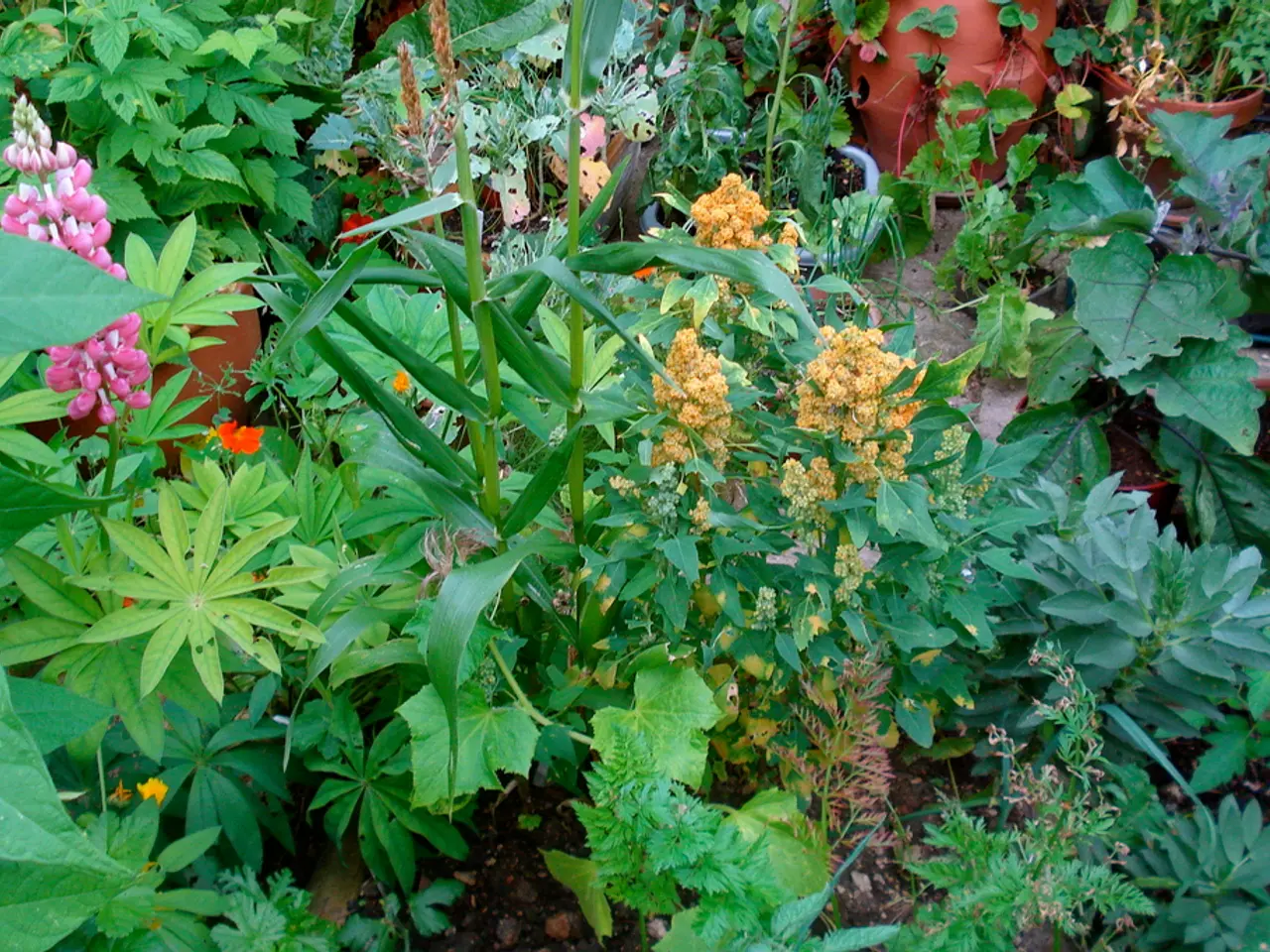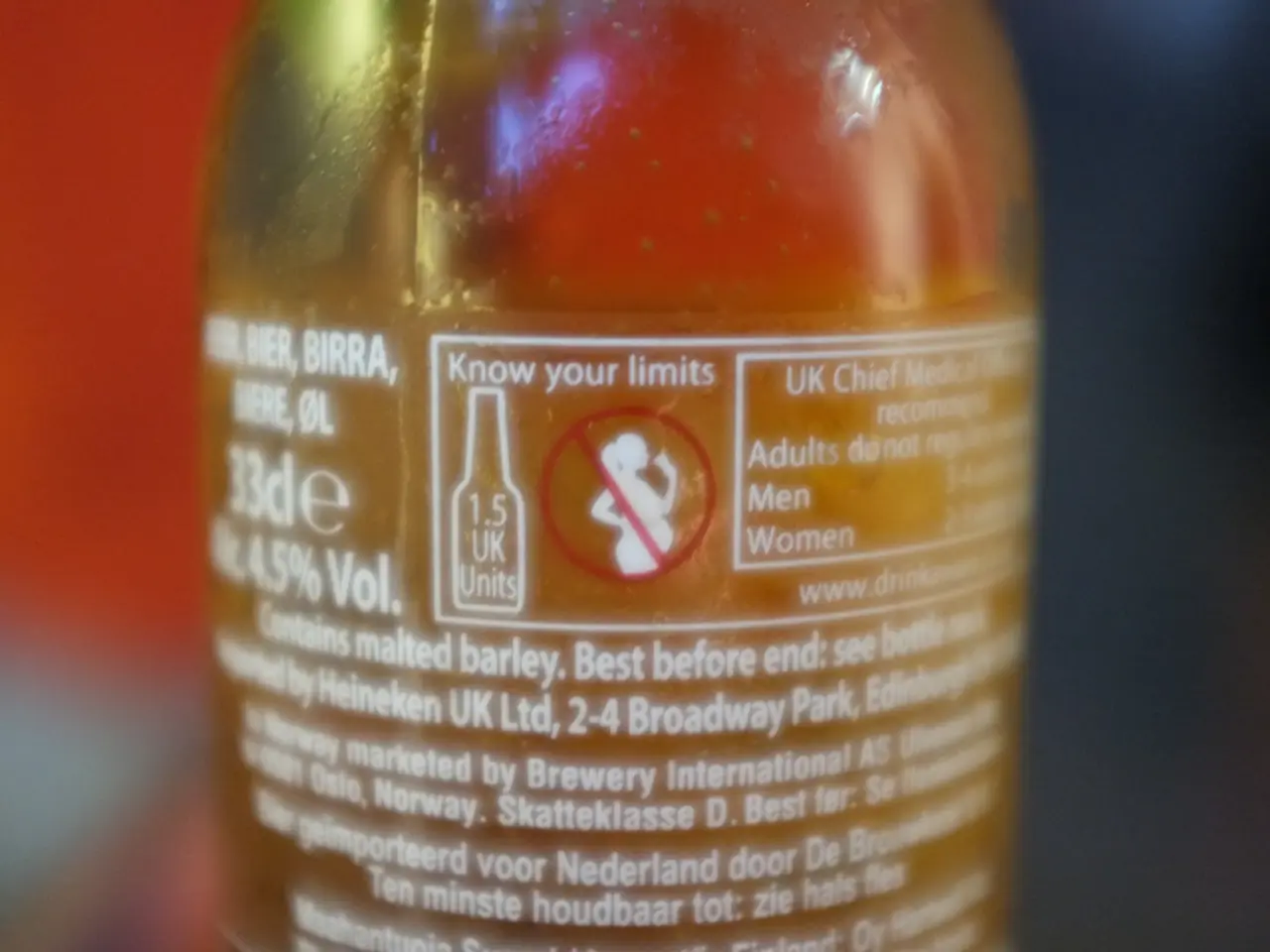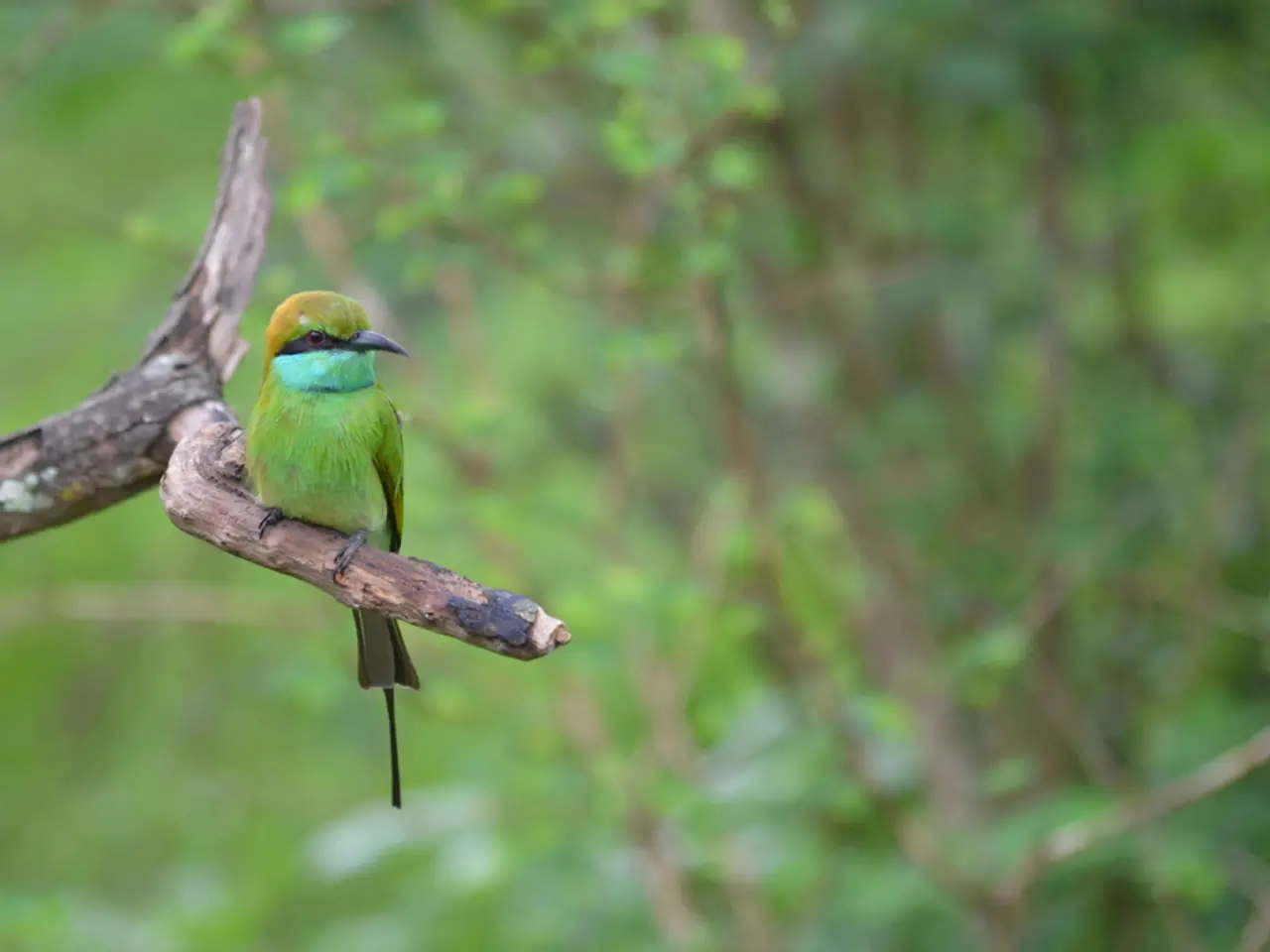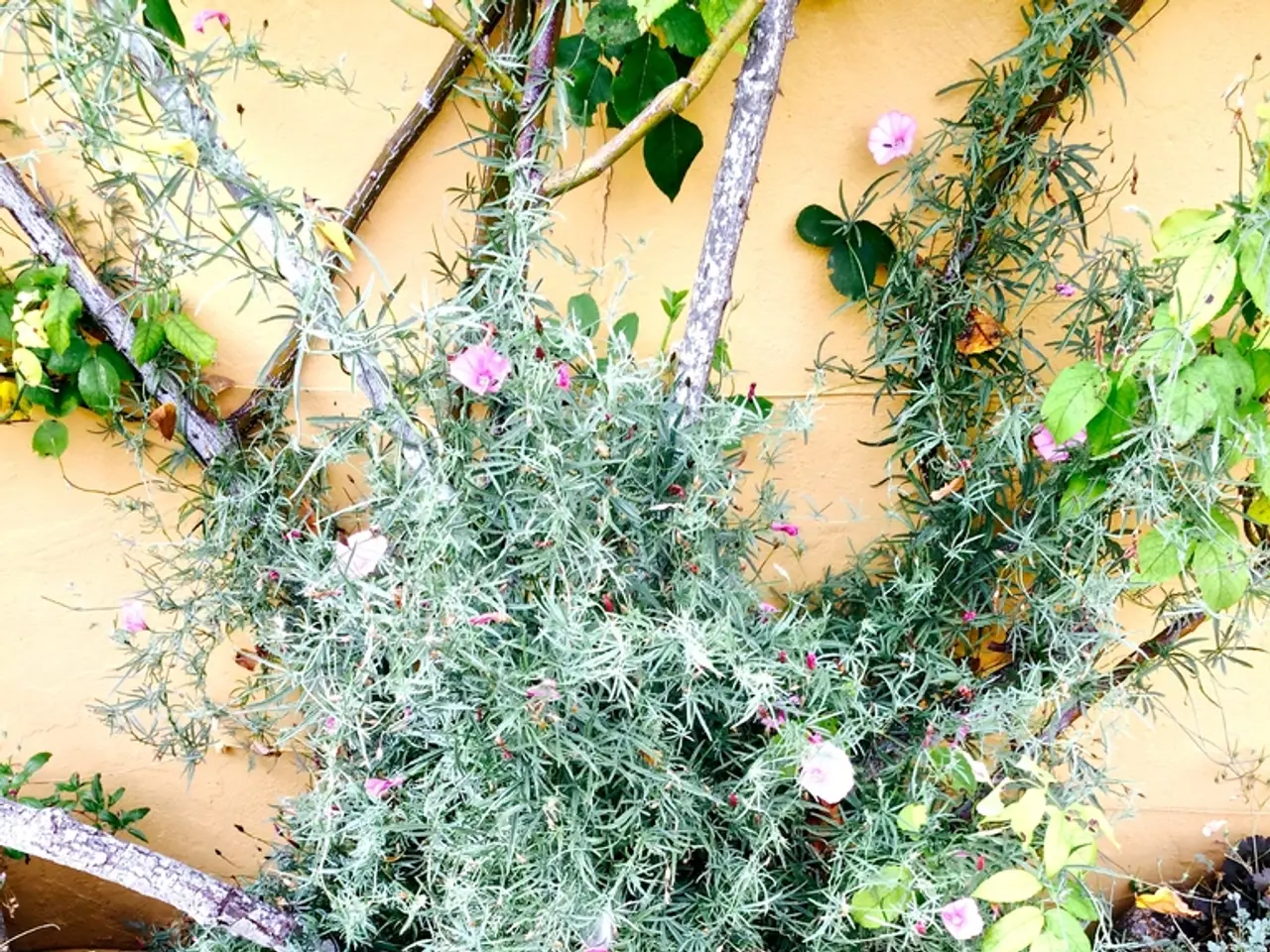It's That Time Again: Strawberry Season Kicks Off in Thuringia
Strawberries successfully picked in Thuringia's fields - Thuringia has successfully cultivated its initial batch of strawberries
Get ready for some juicy goodies! The strawberry season is off to a sunny start in Thuringia, albeit with a cool breeze. Farmers are busy hand-picking the ripe red fruits across 141 hectares of land, with 54 hectares being new plantings that won't yield any berries this year. Despite this, Thuringia accounts for approximately only 1% of the German strawberry harvest area. Last year, local producers harvested around 673 tonnes of sweet strawberries.
Before the official strawberry season got going in Gebesee, Sömmerda district, Thuringia's Agriculture Secretary Marcus Malsch highlighted some challenges lingering for strawberry growers. These hurdles included rising production costs and increased competition within Europe. Yet, Malsch pointed out, "Despite significant production cuts in recent years, strawberries remain a shining star in Thuringian fruit and vegetable production."
The increase in the minimum wage is a significant concern for a labor-intensive and hand-picked crop like strawberries, Malsch stated. Operators are trying to adapt to the rise in costs through more intense production methods or by extending the supply period through covered cultivation. Just remember, those regional berries are worth every penny!
A decline in domestic strawberry production has been observed in Germany since 2015. In Thuringia, the yield of open-field strawberries has dropped by 62% in that span. While the cultivation area under protection, especially under covers or in greenhouses, has expanded, it hasn't made up for the overall loss. One of the biggest players in the game is the Erdbeerhof Gebesee, who grows strawberries both in open fields and under cover tunnels. This season, they anticipate needing around 90 full-time workers for harvesting. The strawberries are marketed through supermarkets, as well as through sales stands and farm shops.
The Thuringian government aims to help lift some of the burden on the agricultural sector. Measures such as the bureaucracy hotline, voluntary nature of the land register, and the pact for growth and jobs are meant to alleviate bureaucratic hurdles and free agricultural businesses from administrative burdens in the long run, thus providing them with resources for cost savings and investments.
Key Factors Affecting Strawberry Production and Harvest in Thuringia
- Weather and Temperature: Cold nights can dampen strawberry growth and delay fruit set. On the other hand, adequate sunshine and moderate temperatures promote flowering and fruit development.
- Water Availability: Prolonged drought conditions can dehydrate strawberry plants, leading to smaller yields and increased risk of pests and diseases. Efficient water management is necessary for healthy soil moisture.
- Soil Quality: High-quality soil with balanced nutrients supports robust plant growth and fruit production. Healthy root systems ensure efficient nutrient uptake.
- Timing of Planting and Harvest: Optimizing planting and harvest schedules is important to capitalize on favorable weather and minimize risks from pest and disease outbreaks.
- Labor and Market Factors: Sufficient labor is essential for successful strawberry farming. Meeting local and regional market demand guides cultivation decisions and harvest schedules.
These factors collaborate to impact the quantity, quality, and timing of strawberry harvests in Thuringia during spring. [1]
References
[1] "Strawberries - Production." FAOSTAT, The Food and Agriculture Organization of the United Nations, 2021. http://www.fao.org/faostat/en/#data/QC/.
[2] "Asperges - Produktion." FAOSTAT, The Food and Agriculture Organization of the United Nations, 2021.
- The following are to be added to the list of products covered by the derogation: strawberries from Thuringia.
- The growth of strawberry production in the home-and-garden sector could be influenced by the pact for growth and jobs initiated by the Thuringian government.
- In the food-and-drink sector, local strawberries from Thuringia are marketed through supermarkets, as well as through sales stands and farm shops.
- Lifestyle choices might reflect an increasing preference for organic or locally-sourced strawberries, such as those grown in Thuringia.








